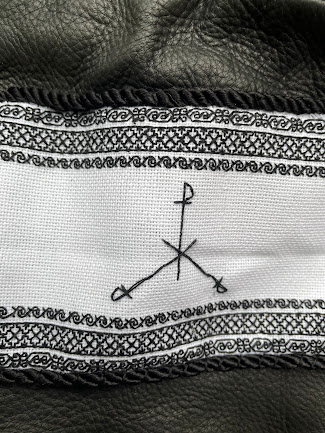Knitting Guild research
The first documented knitting guild in medieval Europe is the Knitting Guild of Saint Fiacre in Paris, France 1527. Other countries adopted the practice with guilds in Catalonia, Venice and Nuremberg.
Prior to the creation of knitting guilds, there were workshops with similar practices. These would consist of apprentices, journeymen and master craftsmen.
Apprenticeship would begin from age 7 to 12 and the child would live with the master craftsman to learn the trade. An apprentice would learn the techniques for prepping the wool, spinning and basic knitting skills.
The journeyman would literally journey and travel extensively to both extend his skills with various masters and gain experience in the world. The journey could last three to four years. At the end of his travels, he would need to create a body of work to gain his master’s certification. This would typically consist of several small objects such as a pain of socks/hose, gloves, pouches and one large extensive project such as a knit jacket or wall hanging.
Women were considered the “domestic” knitters who primarily knit within the home or for pocket money rather than as a career. They would create clothing and accessories for local markets and religious pieces.
There are a few documented female masters in the knitting guilds
I would love a hidden cache to be found in someone's attic or basement, or even another untouched tomb which would uncover an amazing find of knit pouches, pillows, gloves for the family, etc. The fibers tend to be too easy to break down due to wear, moths, mold and more to survive extended periods of time.


Comments
Post a Comment